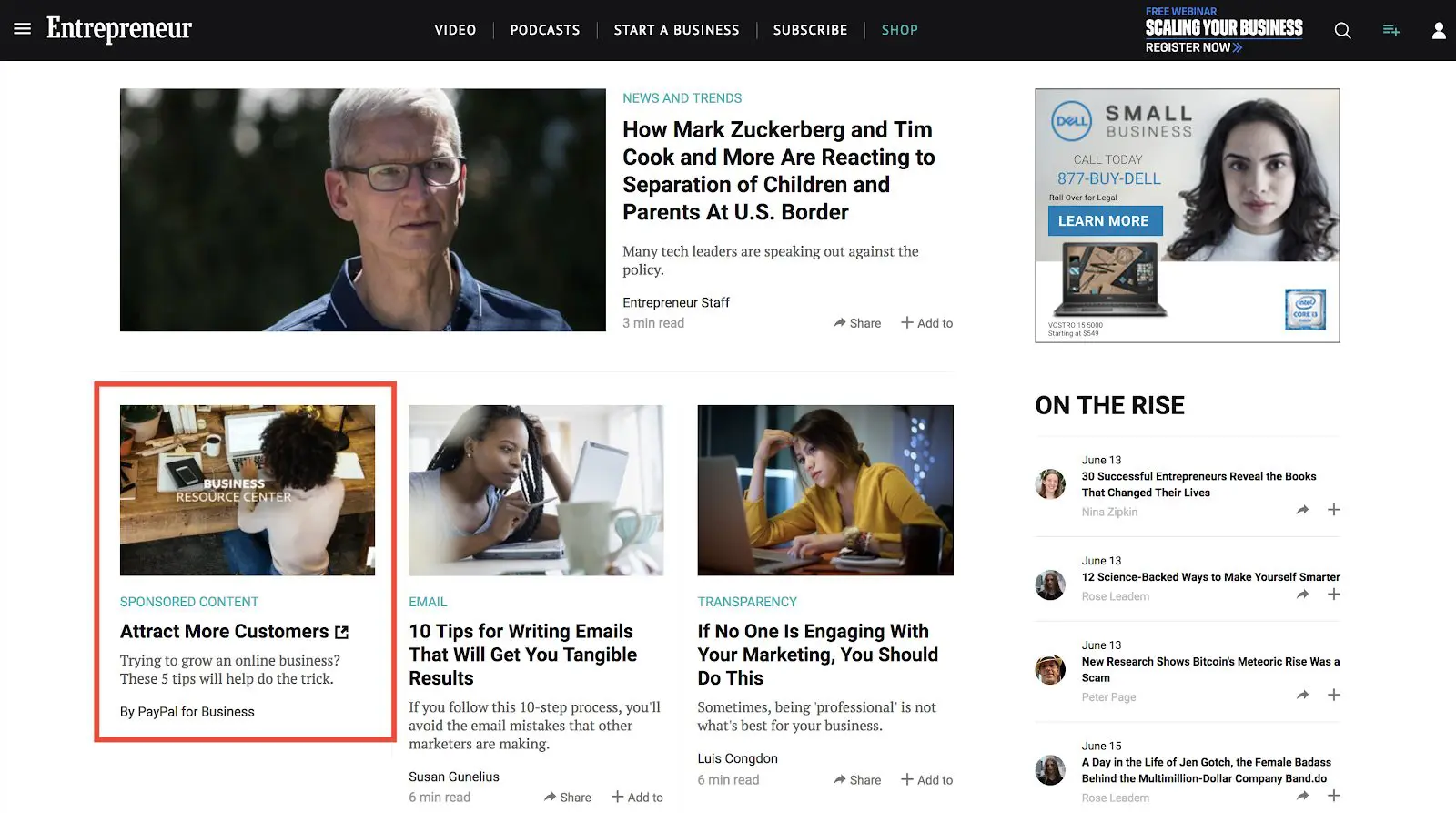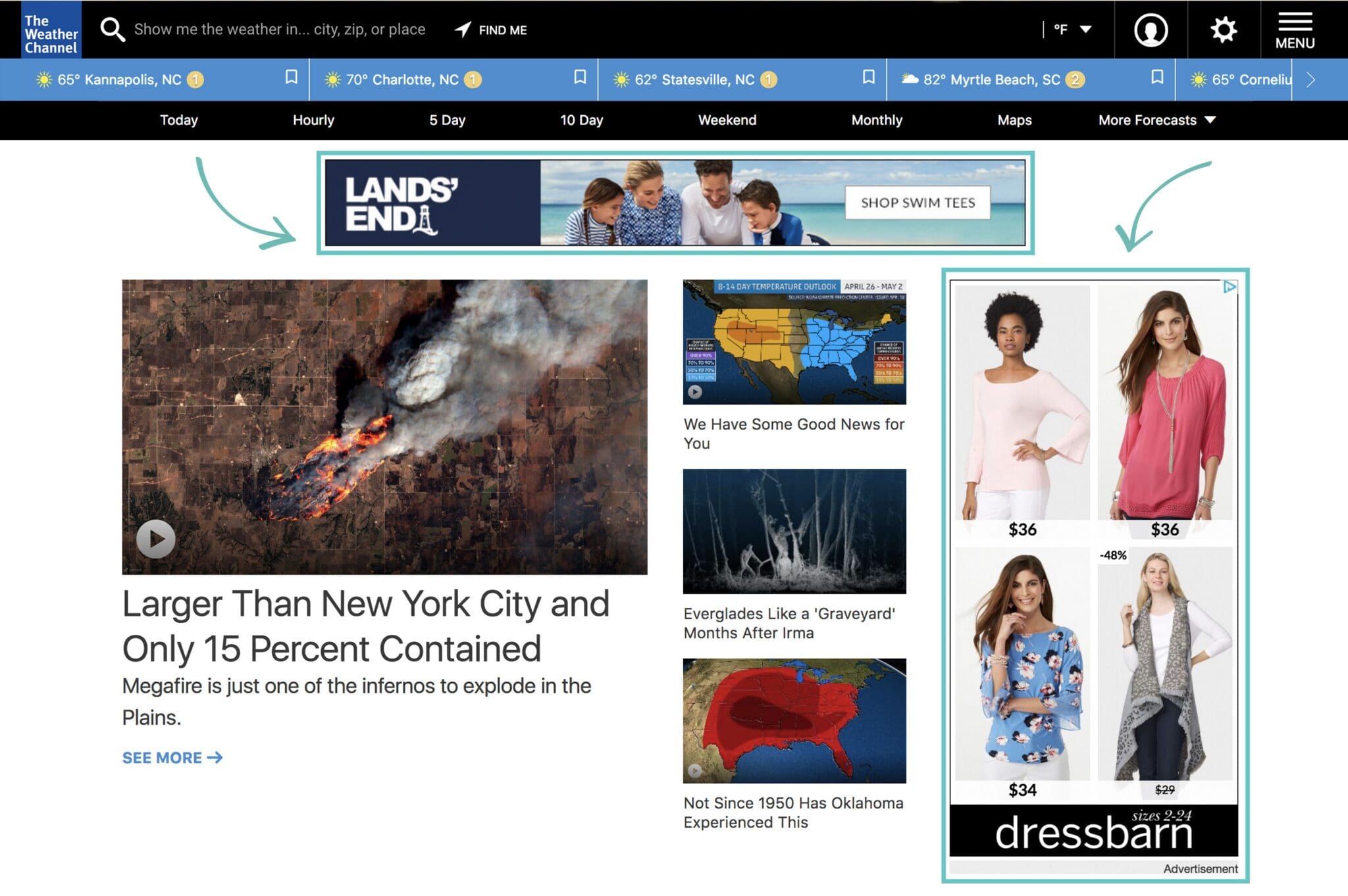Diving into the digital advertising world, you’re faced with a pivotal choice: native ads or display ads? While native advertising has become a staple in media plans, known for seamlessly integrating with user experience, display ads hold their ground as the familiar banners that have adorned websites for years.
Understanding the strengths of each ad format is crucial to maximizing your ad revenue. Whether you’re a seasoned media buyer or a publisher weighing your options, knowing when to leverage native versus display ads can make or break your marketing strategy. Let’s unravel the nuances that set these two apart and how they can work together to drive impactful results.
Native Ads
Definition of Native Ads
When you’re scrolling through your favorite websites, you might not even notice native ads. That’s because they’re designed to blend in. Native ads mirror the look, feel, and function of the content on the platform they’re on. Unlike traditional display ads, native ads don’t interrupt your browsing experience, which is precisely the point. They’re embedded so smoothly into web pages that they appear as natural content rather than a blatant advertisement.
Benefits of Native Ads
Let’s break down why marketers are gravitating towards native advertising. The overarching benefit is their stealthy integration, which leads to higher engagement rates compared to traditional ads. Studies show that native ads are looked at 53% more than display ads. Not only do they grab attention, but they also boast an 18% increase in purchase intent. Here’s a quick snapshot of the advantages on offer:
- Higher engagement: they seamlessly integrate with the user experience.
- Increased purchase intent: by aligning with content that the user is already interested in.
- Combat ad fatigue: beat the blindness that often accompanies traditional display ads.
- Consumer preference: people know they’re ads, but the relevancy and subtlety make them more acceptable.
Examples of Native Ads
Wondering what native ads look like in the wild? You’ve likely encountered them as sponsored articles on news sites, influencer endorsements on social media, or recommended content on a platform. These ads are masters of disguise, taking on the form of the content around them while gently steering you towards a product or service. Some of the most effective native ads are nestled within high-quality, editorial content that provides value, ensuring that even as an ad, they remain read-worthy and engaging.

Display Ads
Definition of Display Ads
Display ads are essentially the billboards of the digital world. They come in various sizes and formats and are designed to be visually striking to catch your eye as you browse the web. Banner ads, the most common type of display advertising, are typically rectangular graphics placed at the top, bottom, or sides of websites. Their purpose is to stand out from the surrounding content and prompt you to take action, such as clicking through to a product page or learning more about a service.
Benefits of Display Ads
While the online world continually evolves, display ads remain a staple in digital marketing for several compelling reasons:
- Brand Awareness: Display ads are highly visual and can increase brand exposure and recall significantly, helping to keep your business top-of-mind among potential customers.
- Targeted Reach: You can target display ads based on a variety of factors, including demographics, interests, behaviors, and remarketing lists, ensuring that your message reaches the right audience.
- Measurable Performance: With display ads, you have access to real-time data and analytics, allowing you to measure your ad campaign’s success and make adjustments as necessary.
- Retargeting Potential: Display ads are effective for retargeting users who have previously visited your site, encouraging them to return and take action.
Examples of Display Ads
Think about the last time you browsed through your favorite news site or blog; chances are, you encountered several display ads without even realizing it. Here are a few examples:
- Leaderboard Advertisements: These are the wide, horizontal banners you often see at the top of web pages.
- Skyscrapers: Tall, narrow ads usually placed in the sidebar of a webpage.
- Interstitial Ads: Full-page ads that appear before you’re directed to the intended webpage.
- Large Rectangles: Boxed advertisements that are integrated within content areas and are large enough to catch your attention without disrupting your reading experience.
These graphic elements combine imagery, brand logos, and, sometimes, animations or videos to capture your interest and entice clicks. Each type of display ad has its own strategic use depending on your campaign goals and the website’s layout where they appear.

Native Ads vs Display Ads
Deciding between native and display ads depends on your campaign goals and audience. If you’re aiming for a seamless user experience that fosters trust and engagement, native advertising might be your best bet. On the flip side, if increasing visibility and reaching a broad audience is your priority, display ads could be the way to go. Remember that both strategies can be effective when used correctly, and often the most successful campaigns find a balance between the two. It’s about understanding your audience and delivering content in a way that resonates with them. So weigh your options, consider your objectives, and choose the type of ad that aligns with your brand’s vision and marketing goals.
Looking to develop a digital marketing strategy for your business?